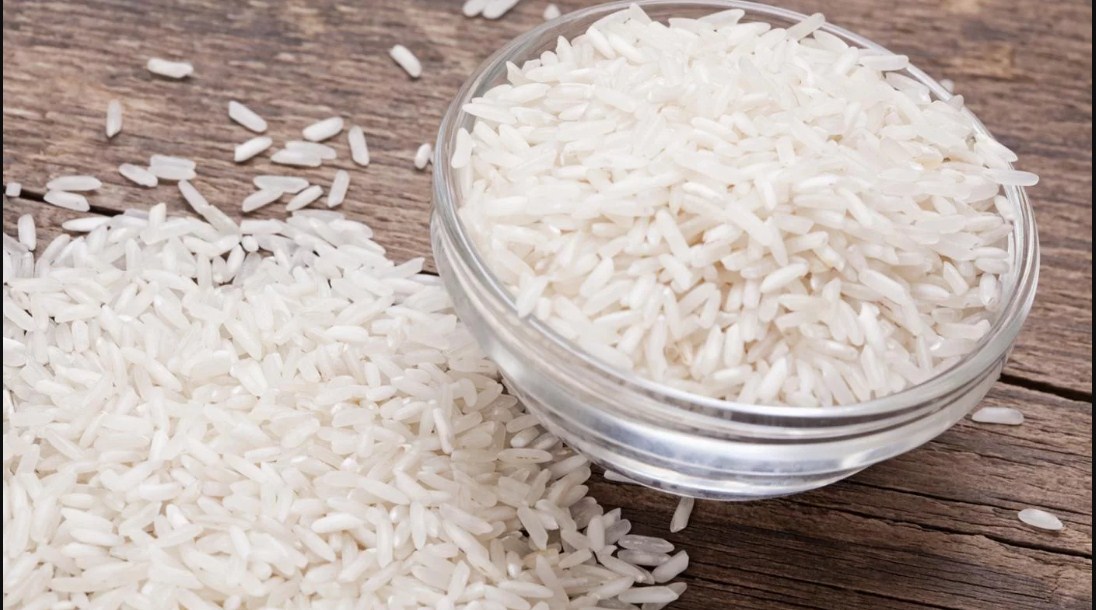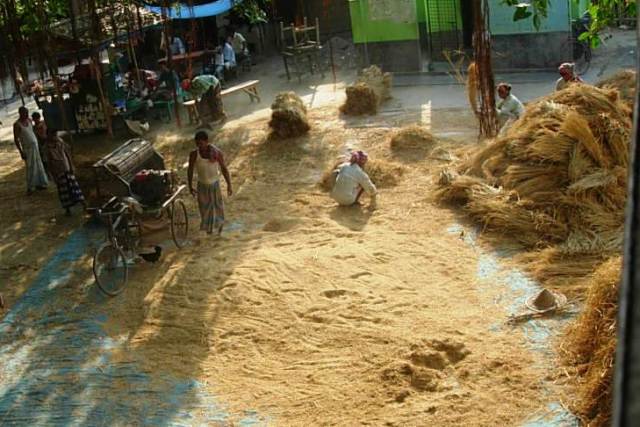The State Government is planning to apply for a geographical (GI) tag, which is a marker for the geographical uniqueness of a product, for the Kalonunia and Randhunipagal varieties of rice, two of the indigenous varieties of aromatic fine rice from Bengal, according to the State Agriculture Minister. While Kalonunia is grown in the northern region of the state, Randhunipagal is grown in the western region.
Kalonunia is cultivated in the districts of Jalpaiguri, Cooch Behar, Alipurduar and Darjeeling (plains regions of the district). Randhunipagal is cultivated in the districts of Birbhum, Pruba Bardhaman, Paschim Bardhaman, Bankura and Hooghly.
Gobindobhog and Tulapanji have already received the GI status, and the term ‘Bengal Aromatic Rice’ has been included in official documentation registered with the patent office. Kalonunia and Randhunipagal would fall under the same label.
Gobindobhog and Tulapanji are primarily grown in the Damodar River basin and in the districts of north Bengal, respectively.
Getting a GI tag helps a product to be marketed as exclusively from the geographical region it hails from, be it a food product, a beverage, a fruit, a handicraft, a handloom product or any other regionally exclusive entity. The Bengal Government has been actively patenting various products in order to market them internationally too.
The demand would naturally also help in saving these indigenous varieties of rice, which are nutritionally rich, but many of which are facing extinction as a result of the cultivation of only the commercially viable varieties. In fact, the State Government is carrying on research work with 41 such varieties.
Kalonunia, a medium-sized blackish grain, is produced at the rate of 2.2 to 2.4 tonnes per hectare of cultivated paddy, while the small-sized Randhunipagal is produced at the rate of 2.3 to 2.5 tonnes per hectare of cultivated paddy. These are eaten as plain rice or as an alternative to Basmati (in the case of Kalonunia) and as the principal component of payesh, pithe and khichuri bhog for pujas.
According to officials of the State Science and Technology Department, preparation of the documentation to be presented by the state to the patenting authority is almost complete.
কালোনুনিয়া ও রাঁধুনিপাগল চালের জন্য জিআই তকমা চাইবে বাংলা
শুরু হয়েছিল গোবিন্দভোগকে দিয়েই। জিওগ্রাফিক্যাল ইন্ডিকেশন বা জিআই-তকমাকে হাতিয়ার করে বাংলার বিভিন্ন সুগন্ধী চালকে সংরক্ষণ করতে এ বার উদ্যোগী হচ্ছে রাজ্য।
এবছর অক্টোবর মাসেই গোবিন্দভোগ ও তুলাইপাঞ্জি চালের জিআই তকমা পেয়েছে রাজ্য। চাল দু’টির এই স্বীকৃতির চিহ্ন বা লোগোতে ‘বেঙ্গল অ্যারোমেটিক রাইস’ বা বাংলার সুগন্ধী চাল পরিচয়টুকুও এখন নথিভুক্ত। আরও কয়েকটি সুগন্ধী চালকে চিহ্নিত করার কাজও জোরকদমে চলছে বলে জানিয়েছেন কৃষিমন্ত্রী।
এ রাজ্যের বিভিন্ন উৎকর্ষ জিআই-নথিভুক্ত করার প্রক্রিয়ায় জড়িত বিজ্ঞান-প্রযুক্তি বিভাগের অধিকর্তাদের দাবি, রাঁধুনিপাগল ও কালো নুনিয়ার মতো আরও দু’টি সুগন্ধী চালের সবিস্তার নথি এখন কার্যত তৈরি। এর ভিত্তিতে দ্রুত জিআই-এর আবেদন করা হবে।
জিআই-তকমার মানে এই চালগুলি শুধু বাংলাতেই উৎপাদিত হয়। রাঁধুনিপাগল, কালোনুনিয়ার মতো ঐতিহ্যশালী চালকে জিআই-এর মাধ্যমে পরিচয় করিয়ে বিশ্ববাজারে মেলে ধরার কথা বলছেন কৃষিমন্ত্রী। উচ্চ ফলনশীল ধানের চাপে কোণঠাসা বহু সাবেক ধানের চালের সঙ্গেই জড়িয়ে সাংস্কৃতিক গরিমাও। মন্ত্রীর দাবি, ৪১টি ধানের বীজ নিয়ে তার বিস্তারের চেষ্টা চলছে রাজ্যে।
Source: The Statesman, Anandabazar Patrika
The image is representative (source)


